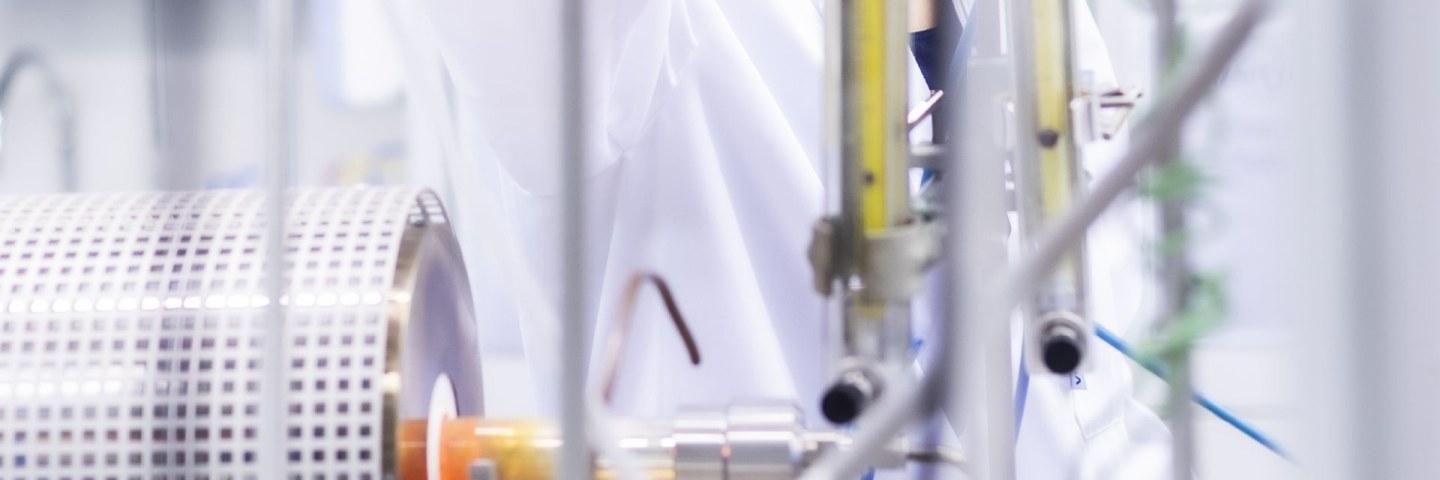
Aerosol Characterization Instruments

The aerosol physics laboratory has an extensive selection of instruments for aerosol characterization. Usually, the most important parameters of interest are the particle concentration and particle size distribution, but often more detailed information on the particles is required. A short list of the main measurement capabilities of the aerosol physics laboratory below:
For particle concentration measurement we have multiple condensation particle counters (CPC), which measure the number concentration of particles directly. The operational particle size range of the CPCs can be extended with a Particle Size Magnification (PSM) systems to count also the smallest of the particles starting from approximately 1 nm. For measuring the black carbon concentration for instance in emission research, an Aethalometer can be used. For portable concentration monitoring applications, several sensor-type instruments are available.
Particle size and size distribution can be measured with instruments based on electrical mobility, such as Differential Mobility Analyzer (DMA), Scanning Mobility Particle Spectrometer (SMPS) or Engine Exhaust particle sizer (EEPS), inertial classification such as Electrical low-pressure Impactor (ELPI) or Aerodynamic particle sizer (APS) or optical detection such as Optical Particle Counter (OPC). The choice of the method and the instrument depends on the application and the particle size range of interest.
Additional information about the particles can be obtained in many ways. To name a few, some key methods are listed below: The particle effective density and fractal dimension can be studied by combining the particle size information from methods based on particle mobility and inertial classification. The Secondary aerosol formation potential can be studied either with a flow-through type flow reactors or in chamber studies. The evaporation and denuding systems can be used to study the volatility of the particles.
Information on the gaseous compounds are also often needed in understanding the aerosol processes. Our laboratory has several tools for measuring the concentration of various key components such as for instance CO2, CO, NOx, SO and SO2.


